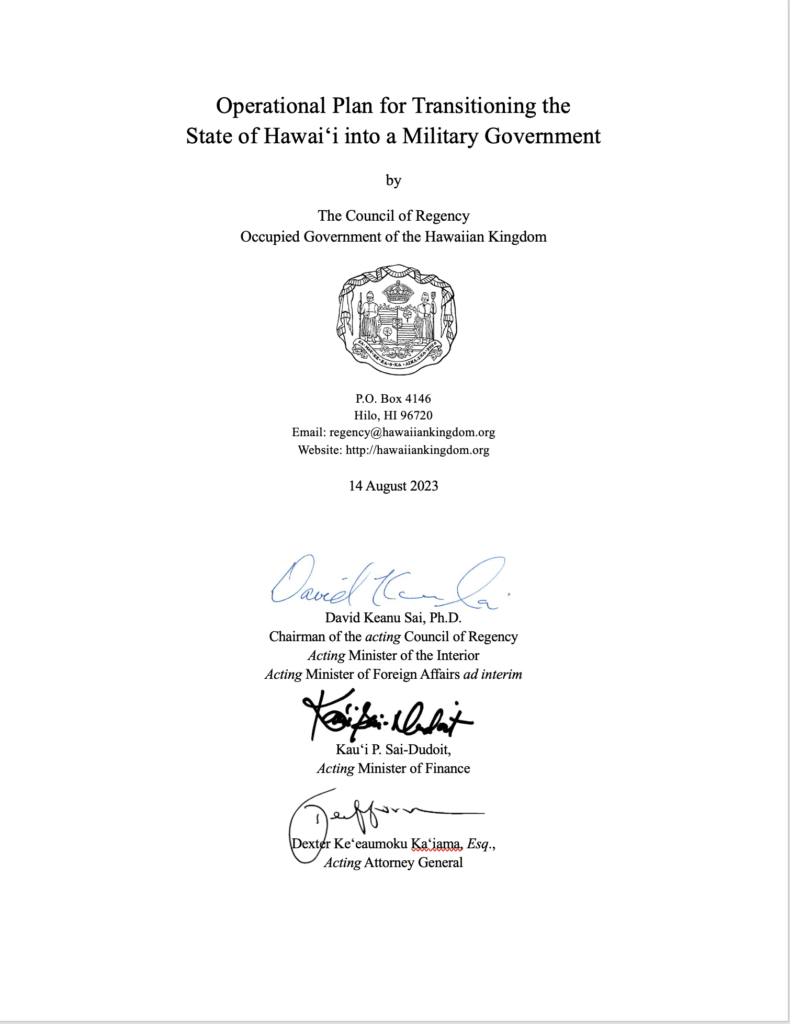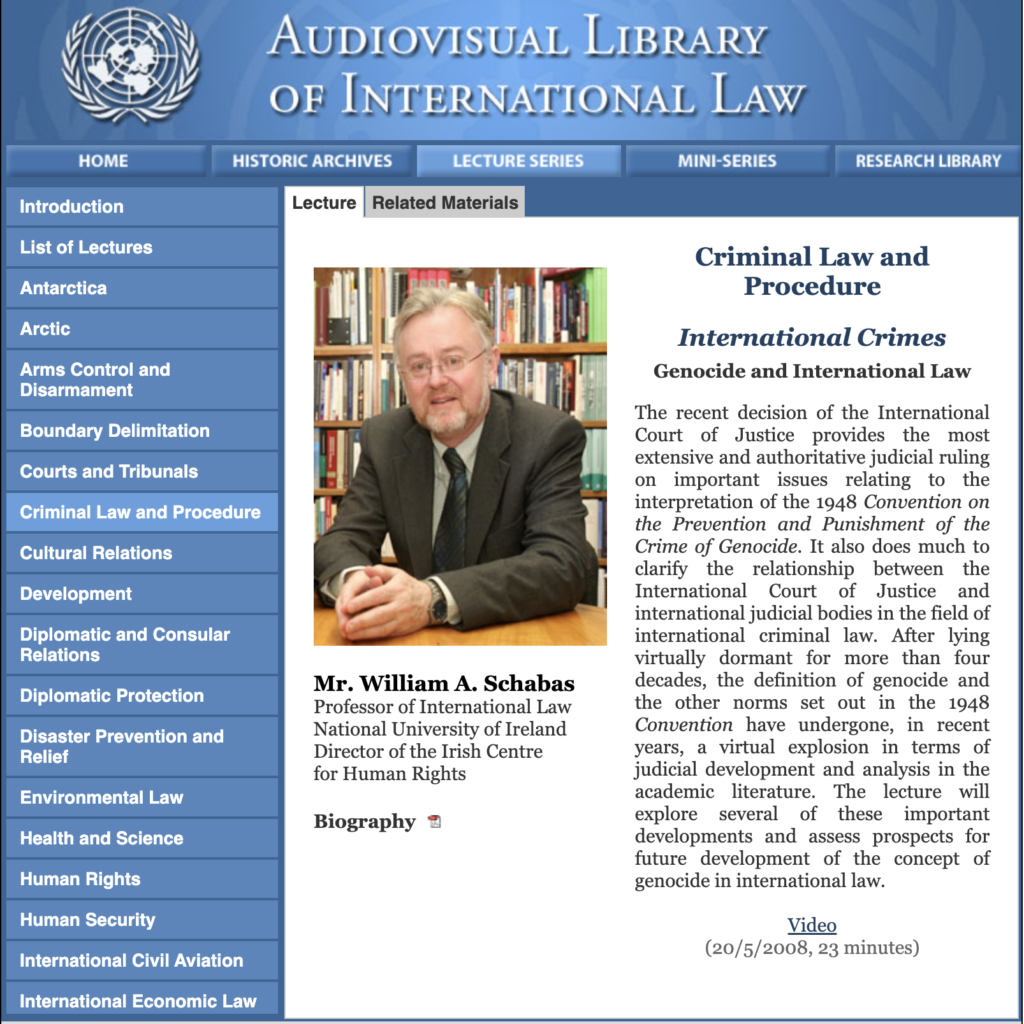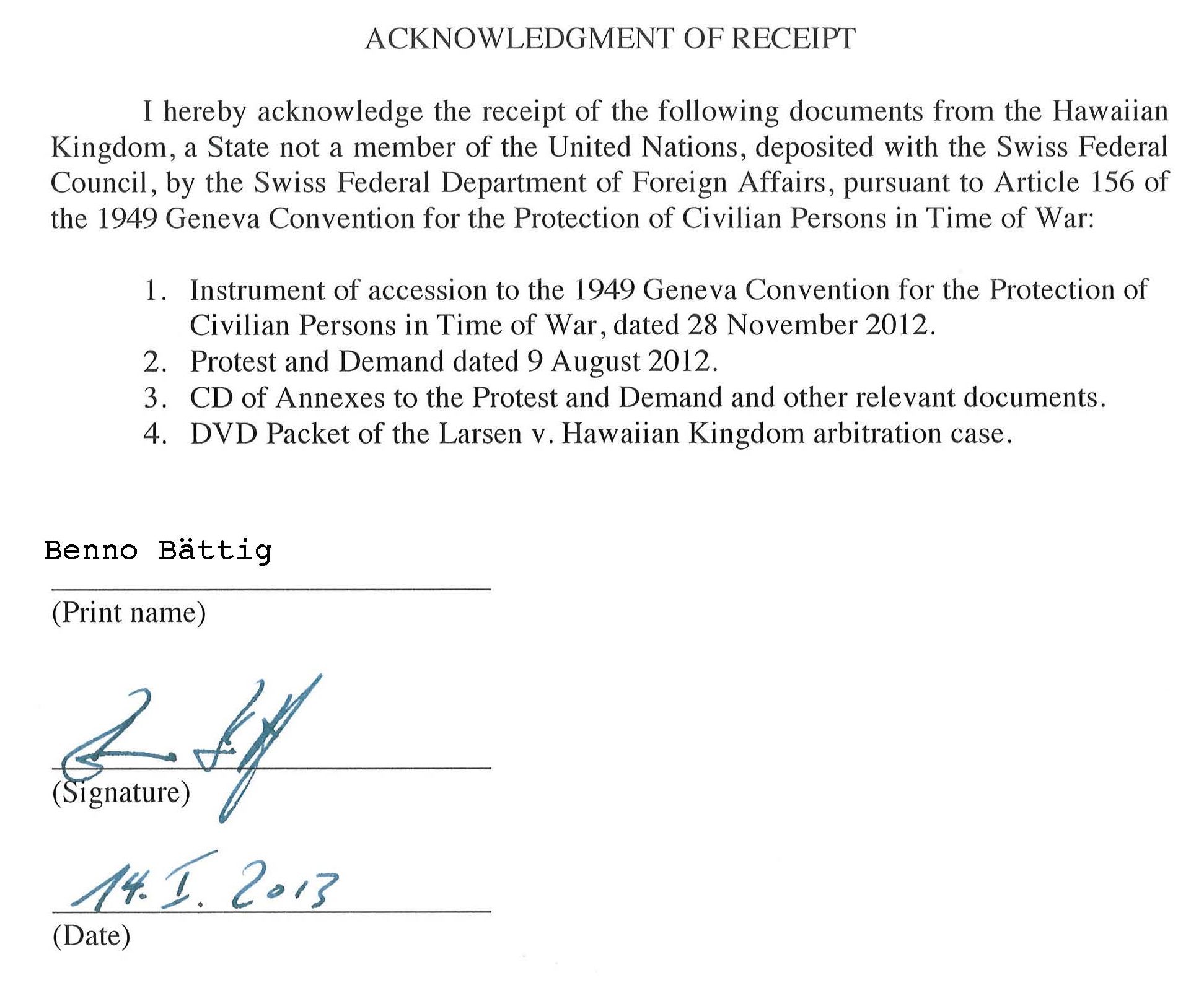In 1875, a Commercial Reciprocity Treaty was entered into between the Hawaiian Kingdom and the United States that was to last for seven years. In 1884, a Supplemental Convention extended the duration of the commercial treaty for another seven years with the express condition that the United States was granted exclusive access to Pearl Harbor. Article II of the Supplemental Convention states:
His Majesty the King of the Hawaiian Islands grants to the Government of the United States the exclusive right to enter the harbor of Pearl River, in the Island of Oahu, and to establish and maintain there a coaling and repair station for the use of vessels of the United States, and to that end the United States may improve the entrance to said harbor and do all other things needful to the purpose aforesaid.
The Supplemental Convention came into effect in 1887 after ratifications were exchanged and would last for seven years and further until “either of the High Contracting Parties shall give notice to the other of its wish to terminate the same,” where termination would commence twelve months after the notification is received by the other High Contracting Party. Although the Hawaiian government was unlawfully overthrown by the United States on January 17, 1893, the Hawaiian Kingdom as a State under international law continued to exist. In 1997, the Hawaiian Kingdom government was restored as a Regency serving in the absence of a Monarch.
On October 20, 2023, the Hawaiian Kingdom, by its Council of Regency, proclaimed the termination of the 1875 Commercial Reciprocity Treaty and its 1884 Supplemental Convention in accordance with Article I of the said Supplemental Convention. The following day, a notice of termination was sent, by courier United States Postal Service, to Secretary of State Antony J. Blinken. The notice of termination was received by the United States Department of State on 26 October 2023 at 5:47am ET, which consequently triggered the tolling of twelve months after which the Commercial Reciprocity Treaty and its Supplemental Convention would terminate.
The reasoning behind the notice of termination was that the United States in its unlawful and prolonged military occupation of the Hawaiian Kingdom since 17 January 1893 has exploited its use of Pearl Harbor by establishing military bases and facilities throughout the Hawaiian Islands under the Indo-Pacific Command of the U.S. Department of Defense in violation of the Article 1 of the 1907 Hague Convention (V) respecting the Rights and Duties of Neutral Powers and Persons in Case of War on Land. Although the Hawaiian Kingdom is not a Contracting State to the 1907 Hague Convention (V), it is mere codification of nineteenth century customary international law. On April 7, 1855, King Kamehameha IV proclaimed the foreign policy of the Kingdom:
My policy, as regards all foreign nations, being that of peace, impartiality and neutrality, in the spirit of the Proclamation by the late King, of the 16th May last, and of the Resolutions of the Privy Council of the 15th June and 17th July, I have given to the President of the United States, at his request, my solemn adhesion to the rule, and to the principles establishing the rights of neutrals during war, contained in the Convention between his Majesty the Emperor of all the Russias and the United States, concluded in Washington on the 22nd July last.
This policy of neutrality remained unchanged throughout the nineteenth century. Furthermore, the policy of neutrality by the Hawaiian Kingdom as a Neutral Power were inserted as treaty provisions in the Hawaiian-Swedish/Norwegian Treaty of 1852, the Hawaiian-Spanish Treaty of 1863, and the Hawaiian-German Treaty of 1879. In its treaty with Sweden/Norway, Article XV states, “His Majesty the King of Sweden and Norway engages to respect in time of war the neutral rights of the Hawaiian Kingdom, and to use his good offices with all other powers, having treaties with His Majesty the King of the Hawaiian Islands, to induce them to adopt the same policy towards the Hawaiian Kingdom.”
As a result of the termination of the treaty and its convention, all United States military forces in the Hawaiian Islands will be withdrawn in twelve months by 5:47am ET on October 26, 2024. On the withdrawal, the Council of Regency proclaimed:
And, We do require that when the United States has received this notice of termination, it shall, prior to the expiration of twelve months in accordance with Article I of the 1884 Supplemental Convention, remove all movable property at its military facilities throughout the Hawaiian Islands, including unexploded munitions, and fuel, with the exception of real property attached to the land or erected on it, including man-made objects, such as buildings, homes, structures, roads, sewers, and fences, to include on other properties that have been or are currently under its supervision and command.
Not all military forces in the Hawaiian Islands are affected by the notice of termination. There are two military forces present within the Hawaiian Kingdom today. That of the United States Federal government called Title 10 United States Code (“USC”) armed forces, and that of the State of Hawai‘i National Guard called Title 32 USC armed forces. Title 10 troops are purely American in origin while the Title 32 troops are Hawaiian in origin, and, therefore, remain in the Hawaiian Islands to be called by its original designation—the Royal Guard.
When the United States unilaterally annexed the Hawaiian Islands in violation of international law on 7 July 1898, it initiated the establishment of the United States Army Pacific, United States Marine Forces Pacific, United States Pacific Fleet, and the United States Pacific Air Forces. The United States Army Pacific was established in the Hawaiian Islands in 1898 during the Spanish-American War, headquartered at its first military base called Camp McKinley on the Island of O‘ahu, and later headquartered at Fort Shafter on the Island of O‘ahu in 1921. In 1908, the Congress allocated funds to establish a Naval Station at Pearl Harbor.
In April 1942, the United States military forces in the Hawaiian Islands were organized into two commands for the Army under United States Army Forces Pacific and for the Navy as Commander-in-Chief, Pacific Fleet, and Pacific Oceans Areas Commander-in-Chief. This command structure of the Army and Navy in the Hawaiian Islands during the Second World War was transformed into the United States Pacific Command on 1 January 1947, which is presently called the Indo-Pacific Command, whose headquarters is at Camp H.M. Smith on the Island of O‘ahu. In September 1947, the United States Air Force separated from the United States Army as a separate branch of the armed forces with its base headquartered at Hickam Air Force Base on the Island of O‘ahu, and later, in 2010, merged to become an element of Joint Base Pearl Harbor-Hickam with the Navy.
The Indo-Pacific Command has four component commands stationed in the territory of the Hawaiian Kingdom—United States Army Pacific, whose headquarters is at Fort Shafter on the Island of O‘ahu, United States Marine Forces Pacific, whose headquarters is at Camp H.M Smith on the Island of O‘ahu, United States Pacific Fleet, whose headquarters is at Naval Station Pearl Harbor on the Island of O‘ahu, and United States Pacific Air Forces, whose headquarters is at Hickam Air Force Base/Joint Base Pearl Harbor-Hickam on the Island of O‘ahu.
There is no legal basis for the presence of Title 10 USC military forces in the Hawaiian Islands by virtue of Congressional legislation because municipal laws have no extraterritorial effect. Since Congressional legislation is limited in operation to the territory of the United States, it cannot unilaterally establish military installations in the territory of a foreign State without the State’s consent through a treaty or convention. According to traditional international law, the concept of jurisdiction is linked to the State territory. As the Permanent Court of International Justice in the 1927 Lotus case stated:
[T]he first and foremost restriction imposed by international law upon a State is that – failing the existence of a permissive rule to the contrary – it may not exercise its power in any form in the territory of another State. In this sense jurisdiction is certainly territorial; it cannot be exercised by a State outside its territory except by virtue of a permissive rule derived from international custom or from a convention […] all that can be required of a State is that it should not overstep the limits which international law places upon its jurisdiction; within these limits, its title to exercise jurisdiction rests in its sovereignty.
The presence of all Title 10 USC military forces throughout the Hawaiian Islands has a direct nexus to the 1884 Supplemental Convention that granted the United States exclusive access to Pearl Harbor. The 1884 Supplemental Convention was a valid treaty under international law up until the Hawaiian Kingdom’s notice of intention to terminate was received by the U.S. Department of State at 5:47am ET on 26 October 2023. As a consequence of the termination, all Title 10 USC military forces shall have to be withdrawn from the Hawaiian Islands no later than 5:47am ET on 26 October 2024. The military forces that remain is the Hawaiian Kingdom’s Royal Guard that is referred to today as the Hawai‘i Army and Air National Guard.
For a comprehensive report on the termination of the 1875 Commercial Reciprocity Treaty and its 1884 Supplemental Convention go to the Royal Commission of Inquiry’s Preliminary Report on this subject.
CLARIFICATION. The 1884 Supplemental Convention began a seven-year term as of 1887 when ratifications were exchanged in Washington, D.C. It would continue after the seven-year period until either the Hawaiian Kingdom or the United States gives notification of its intention to terminate the treaty. When notice is received by the other party a twelve-month period begins for termination. Article I specifically states:
The High Contracting Parties agree, that the time fixed for the duration of the said Convention, shall be definitely extended for a term of seven years from the date of the exchange of ratifications hereof, and further, until the expiration of twelve months after either of the High Contracting Parties shall give notice to the other of its wish to terminate the same, each of the High Contracting Parties being at liberty to give such notice to the other at the end of the said term of seven years or at any time thereafter.
In other words, the seven-year term was locked in, but it would continue in force if there was no notice of termination. A similar provision for termination of the 1849 Treaty of Friendship, Commerce and Navigation between the Hawaiian Kingdom and the United States was stated in Article XVI:
The present treaty shall be in force from the date of the exchange of the ratifications, for the term of ten years, and further, until the end of twelve months after either of the contracting parties shall have given notice to the other of its intention to terminate the same, each of the said contracting parties reserving to itself the right of giving such notice at the end of the said term of ten years, or at any subsequent term.
Only the 1875 Commercial Reciprocity Treaty and the 1884 Supplemental Convention have been terminated. All other treaties with the United States remain in full force and effect.






